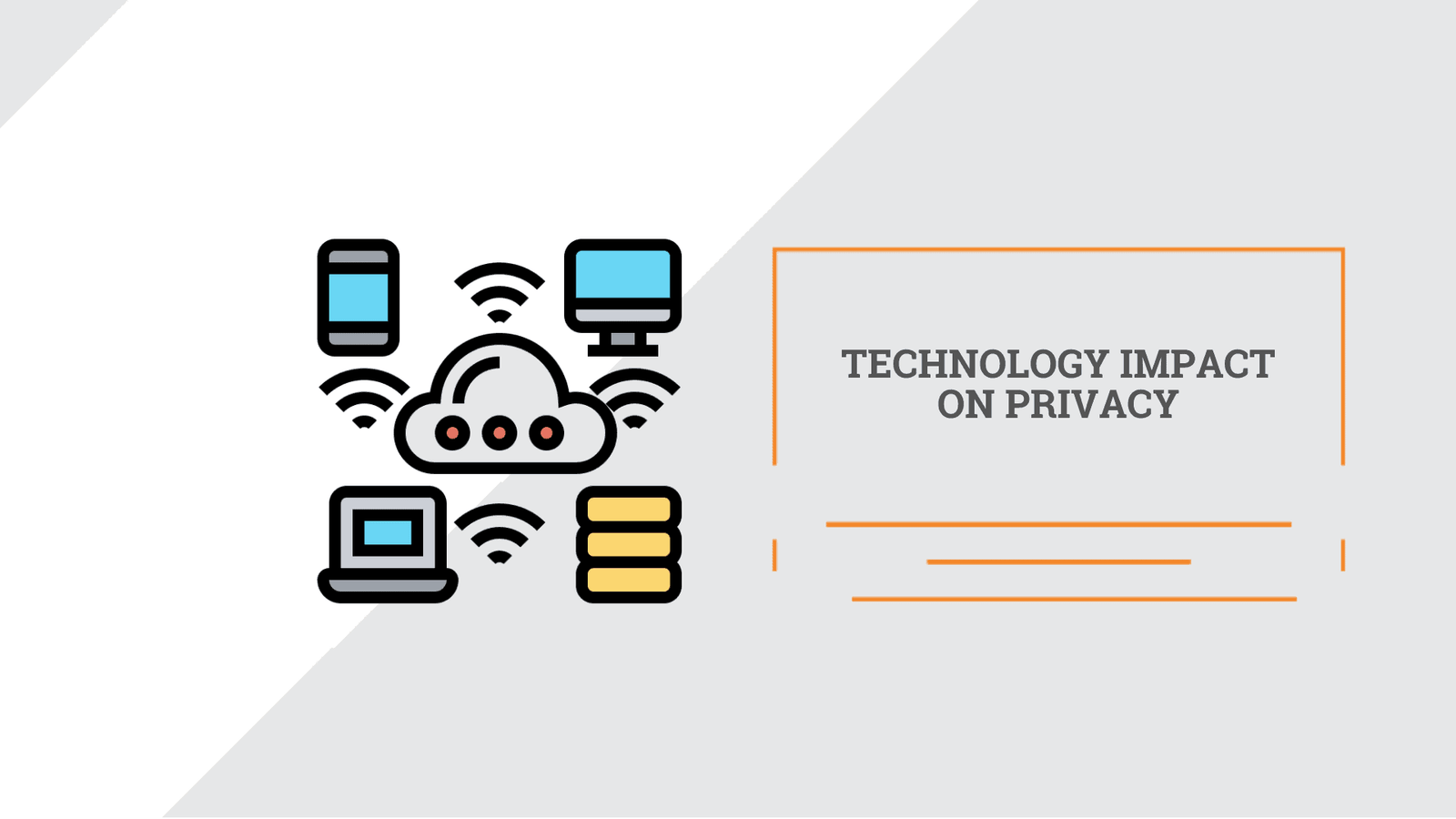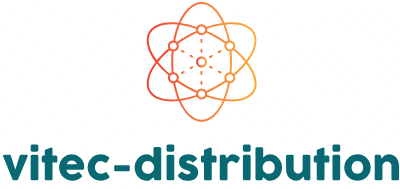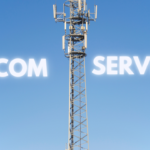The Impact of Security Technology on Data Privacy Compliance
In an age where data breaches and privacy concerns are prevalent, the role of security technology in achieving data privacy compliance has never been more critical. Organizations are increasingly relying on advanced security measures to ensure they meet stringent privacy regulations and protect sensitive information. This blog post explores how security technology impacts data privacy compliance, highlighting key technologies, their benefits, and their role in adhering to privacy regulations.
Understanding Data Privacy Compliance
1. What is Data Privacy Compliance?
Data privacy compliance involves adhering to laws, regulations, and standards designed to protect individuals’ personal information and ensure that it is handled responsibly. Compliance typically requires organizations to implement measures to safeguard data from unauthorized access, ensure transparency in data processing, and uphold individuals’ rights to their personal information.
2. Key Privacy Regulations
- General Data Protection Regulation (GDPR): A comprehensive regulation governing data protection and privacy in the European Union (EU) and the European Economic Area (EEA). It mandates stringent requirements for data collection, processing, and storage.
- California Consumer Privacy Act (CCPA): A California state law that provides residents with rights regarding their personal information, including the right to access, delete, and opt out of the sale of their data.
- Health Insurance Portability and Accountability Act (HIPAA): A U.S. regulation that sets standards for the protection of sensitive patient health information.

How Security Technology Supports Data Privacy Compliance
1. Data Encryption
Role in Compliance
Encryption transforms data into a coded format that can only be accessed by authorized users with the decryption key. It is crucial for protecting data both at rest (stored data) and in transit (data being transmitted).
Benefits
- Protects Sensitive Information: Ensures that personal data remains confidential and secure, even if intercepted or accessed by unauthorized parties.
- Meets Regulatory Requirements: Many privacy regulations, including GDPR and HIPAA, require encryption to safeguard sensitive data and maintain compliance.
2. Access Controls
Role in Compliance
Access controls restrict who can view or modify sensitive data based on user roles and permissions. Effective access management ensures that only authorized individuals can access personal information.
Benefits
- Reduces Unauthorized Access: Prevents unauthorized users from accessing or manipulating sensitive data, reducing the risk of data breaches.
- Supports Accountability: Enables organizations to track and audit access to sensitive information, supporting compliance with regulations that require accountability and transparency.
3. Data Masking
Role in Compliance
Data masking involves hiding or obfuscating sensitive data to protect it from unauthorized access while maintaining its usability for testing or analytical purposes.
Benefits
- Protects Sensitive Data: Reduces exposure of sensitive information during non-production activities, such as software testing or development.
- Facilitates Compliance: Helps organizations comply with regulations that require protecting personal data during processing and handling.
4. Security Information and Event Management (SIEM)
Role in Compliance
SIEM systems collect, analyze, and correlate security event data from various sources to provide real-time monitoring and alerting.
Benefits
- Detects and Responds to Threats: Provides visibility into potential security incidents and enables timely responses to prevent data breaches.
- Supports Compliance Audits: Generates logs and reports that can be used to demonstrate compliance with privacy regulations during audits.
5. Data Loss Prevention (DLP)
Role in Compliance
DLP solutions monitor and control the movement of sensitive data to prevent unauthorized sharing, loss, or leakage.
Benefits
- Prevents Data Exfiltration: Ensures that sensitive information is not accidentally or maliciously transmitted outside the organization.
- Enforces Data Protection Policies: Helps enforce policies related to data handling and protection, supporting compliance with data privacy regulations.
6. Incident Response and Management
Role in Compliance
Incident response technologies and procedures help organizations quickly address and manage data breaches or security incidents.
Benefits
- Minimizes Impact: Reduces the impact of security incidents by enabling prompt and effective response and remediation actions.
- Supports Regulatory Reporting: Helps organizations meet requirements for notifying affected individuals and regulators in the event of a data breach.
Best Practices for Leveraging Security Technology for Compliance
1. Conduct Regular Security Audits
Regular security audits help ensure that security technologies and practices are effective and aligned with privacy regulations. Audits also identify areas for improvement and ensure continuous compliance.
2. Stay Informed About Regulatory Changes
Keep up-to-date with changes in privacy regulations and ensure that security technologies and practices are updated accordingly to maintain compliance.
3. Train Employees on Data Privacy
Provide ongoing training for employees on data privacy practices and the importance of security measures. Awareness and education help prevent accidental breaches and support compliance efforts.
4. Implement a Comprehensive Data Protection Strategy
Develop and implement a comprehensive data protection strategy that includes encryption, access controls, DLP, and other security technologies. A holistic approach enhances overall data privacy and compliance.
5. Engage with Privacy Experts
Consult with privacy experts and legal advisors to ensure that security technologies and practices align with regulatory requirements and address any compliance gaps.
Conclusion
Security technology plays a crucial role in supporting data privacy compliance by protecting sensitive information, preventing unauthorized access, and ensuring adherence to privacy regulations. By leveraging encryption, access controls, data masking, SIEM, DLP, and incident response technologies, organizations can enhance their data privacy posture and meet regulatory requirements. Staying informed about regulatory changes, conducting regular audits, and implementing best practices are essential for maintaining robust data privacy and compliance in an evolving digital landscape.


